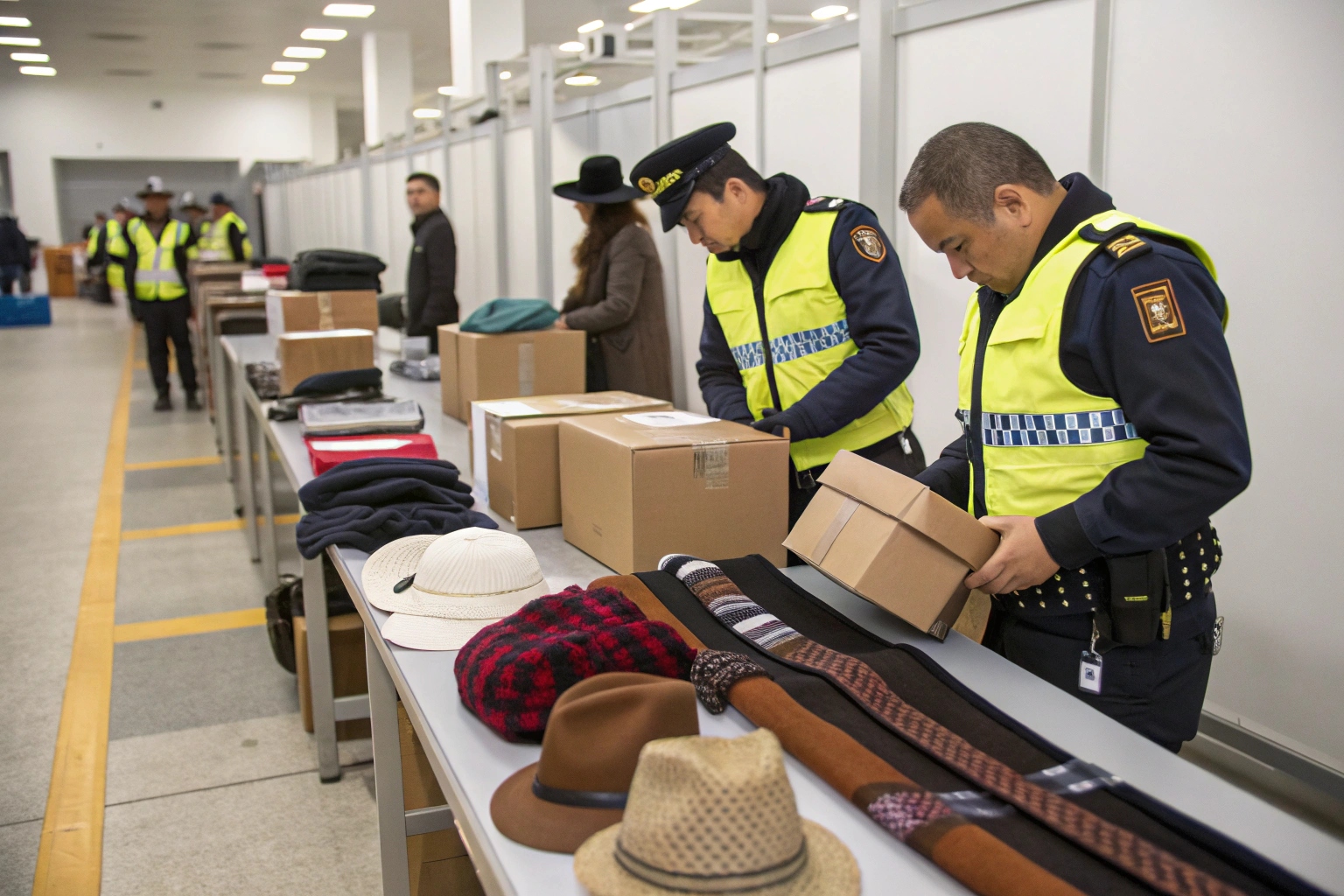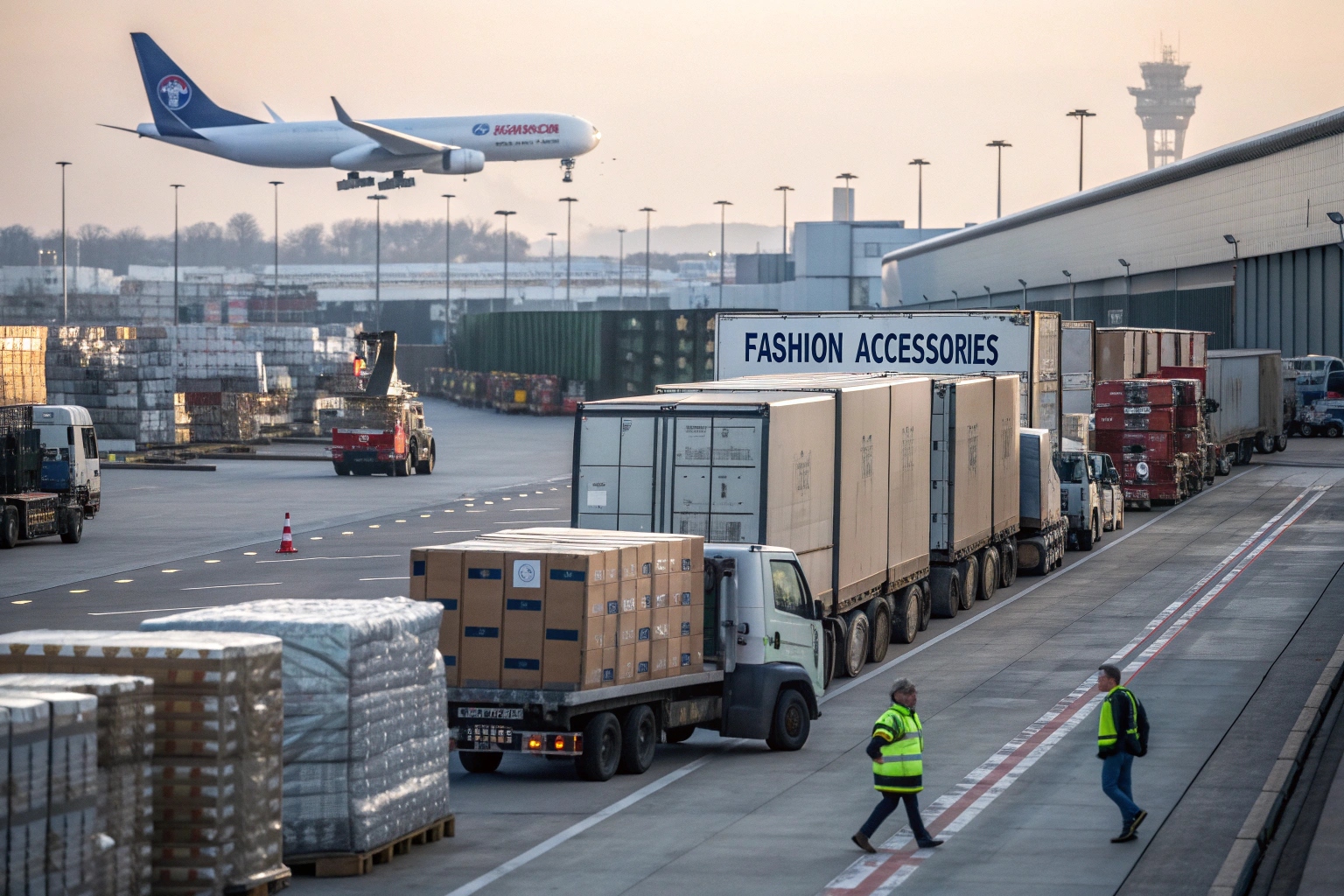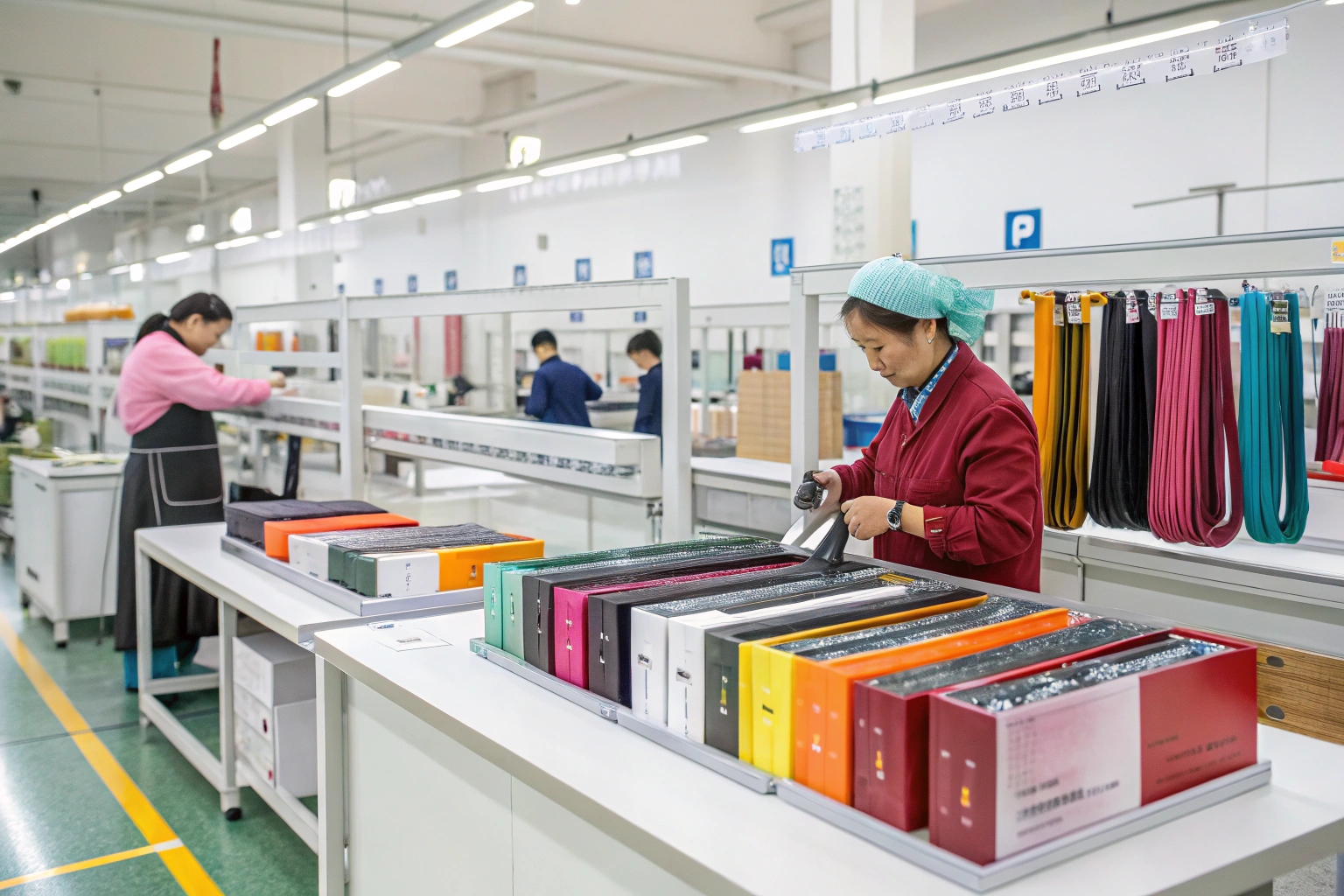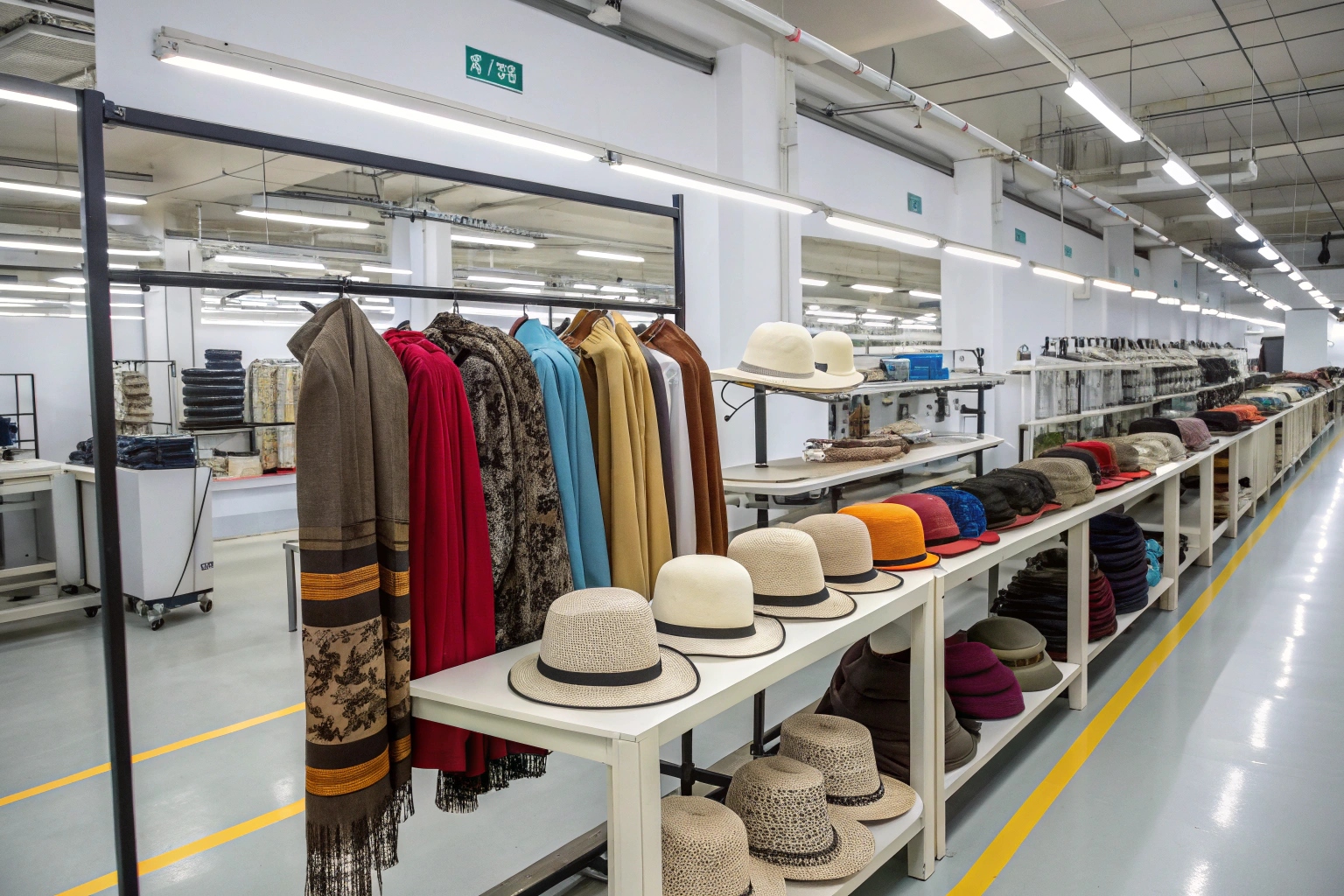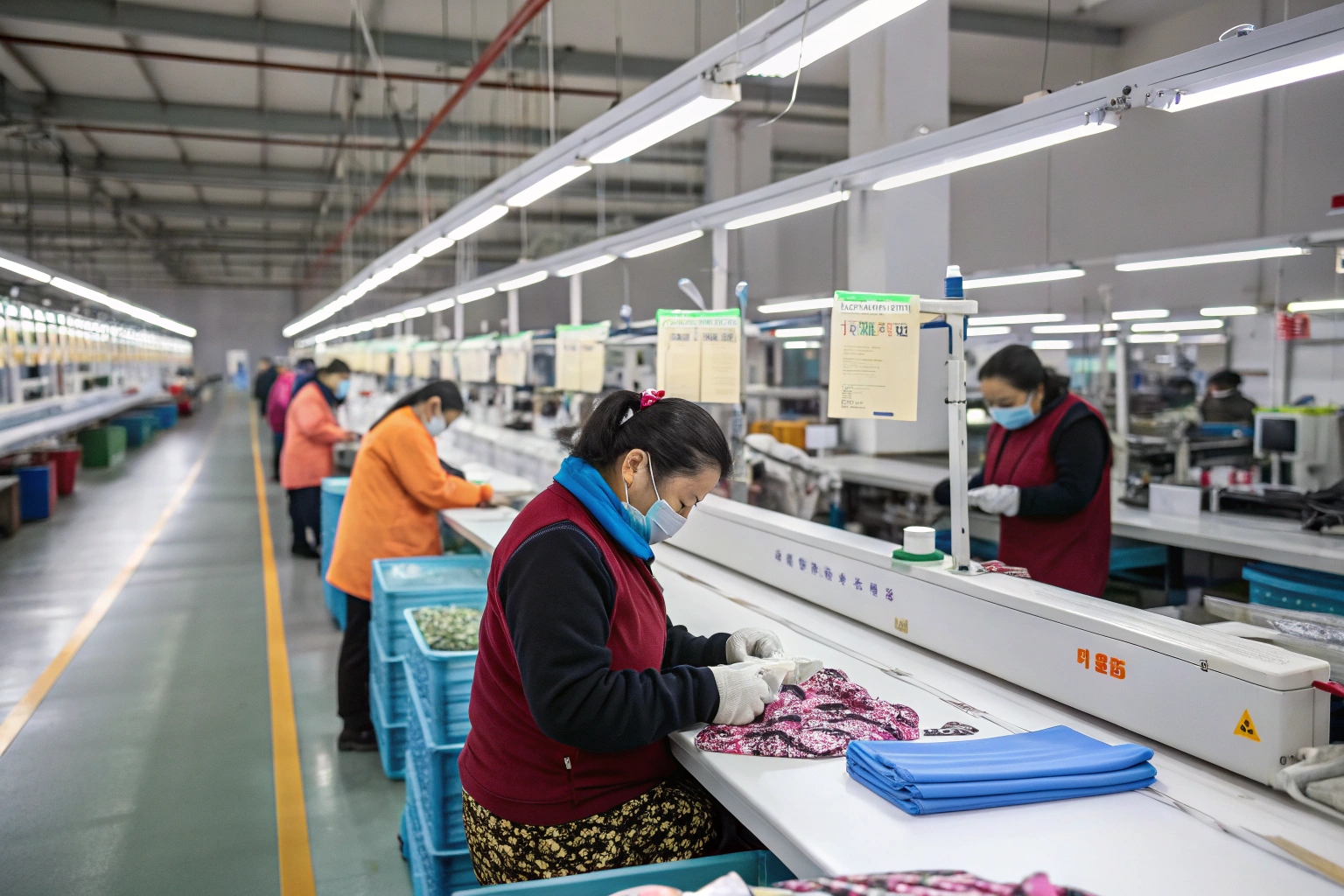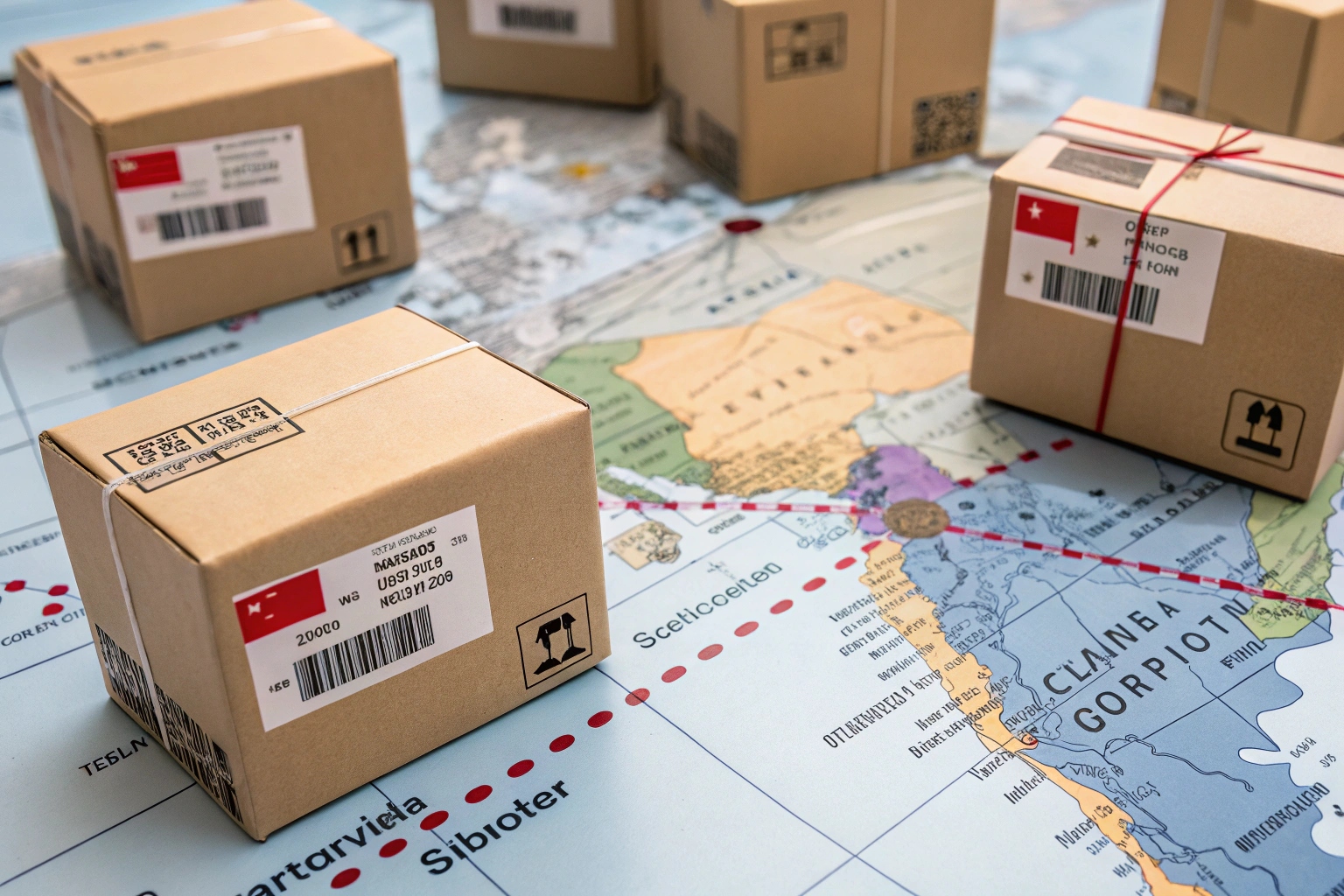Choosing between Shanghai and Shenzhen for shipping? A few days’ difference can make or break your delivery promise.
Transit times between Shanghai and Shenzhen ports vary based on destination, shipping lane, and carrier schedule—but on average, Shenzhen offers slightly faster routes to Southeast Asia, while Shanghai is better connected to Europe and North America. Picking the right port improves logistics flow and delivery accuracy.
As an exporter working with both ports, I’ve compared transit times across routes and seasons. Let’s break it down.
Where is the best place to manufacture clothing?
Transit time is just one part—where you manufacture also impacts costs, shipping speed, and access to global routes.
The best place to manufacture clothing depends on factory strength, logistics convenience, and proximity to major ports like Shanghai or Shenzhen. China offers all three, especially in the eastern and southern zones.
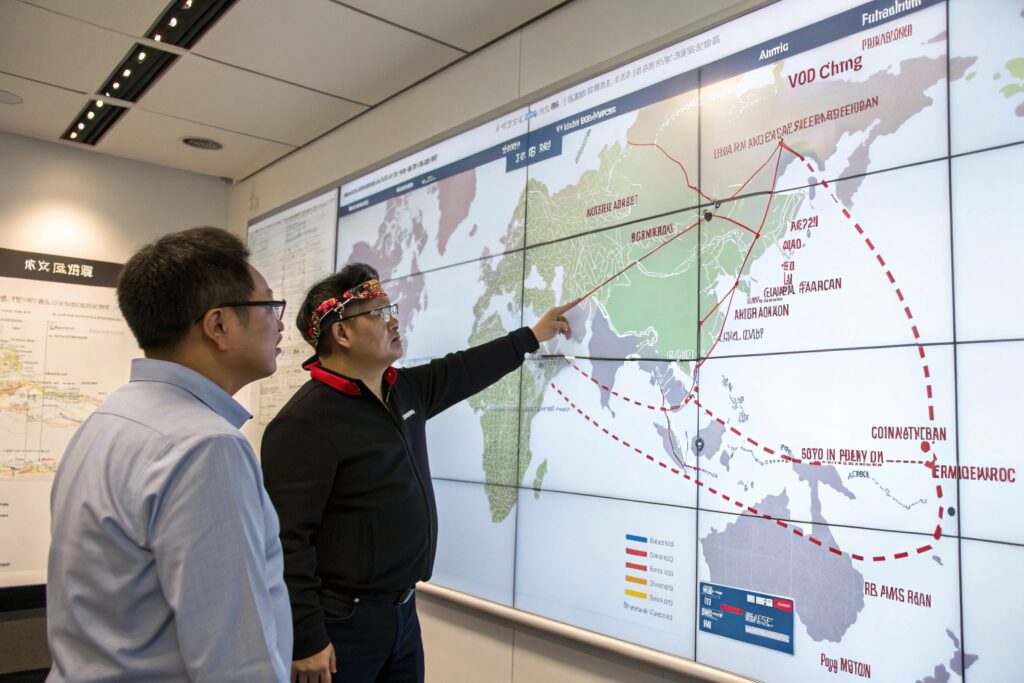
Why do manufacturers near Shanghai and Shenzhen benefit from stronger shipping infrastructure?
Both Shanghai and Shenzhen have Tier-1 seaports, integrated airports, and container logistics hubs. Manufacturers nearby can load goods directly to port with minimal inland transit. Our factory in Zhejiang (near Shanghai) can move a full truckload of scarves or belts to port within 3–5 hours. We’ve also partnered with Guangdong-based suppliers (near Shenzhen) for clients focused on South Asia or Pacific routes. The advantage is reduced inland delays and more frequent vessel schedules.
How should buyers choose between a northern or southern port for manufacturing?
It depends on the final destination:
- Shanghai: Ideal for U.S. West Coast, Europe, Canada, and Middle East
- Shenzhen: Ideal for Southeast Asia, Australia, and shorter intra-Asia transits
Also consider lead time pressure. For urgent apparel restocks, Shenzhen often offers quicker sailing options through Yantian or Shekou terminals, while Shanghai has better customs throughput and warehousing facilities.
How long does transit take in China?
Shipping in China isn't just about port-to-port—it includes factory handling, customs, and port congestion.
Transit time in China ranges from 1–5 days for domestic inland shipping to port, and 10–40+ days for international sea freight, depending on destination and port of loading.
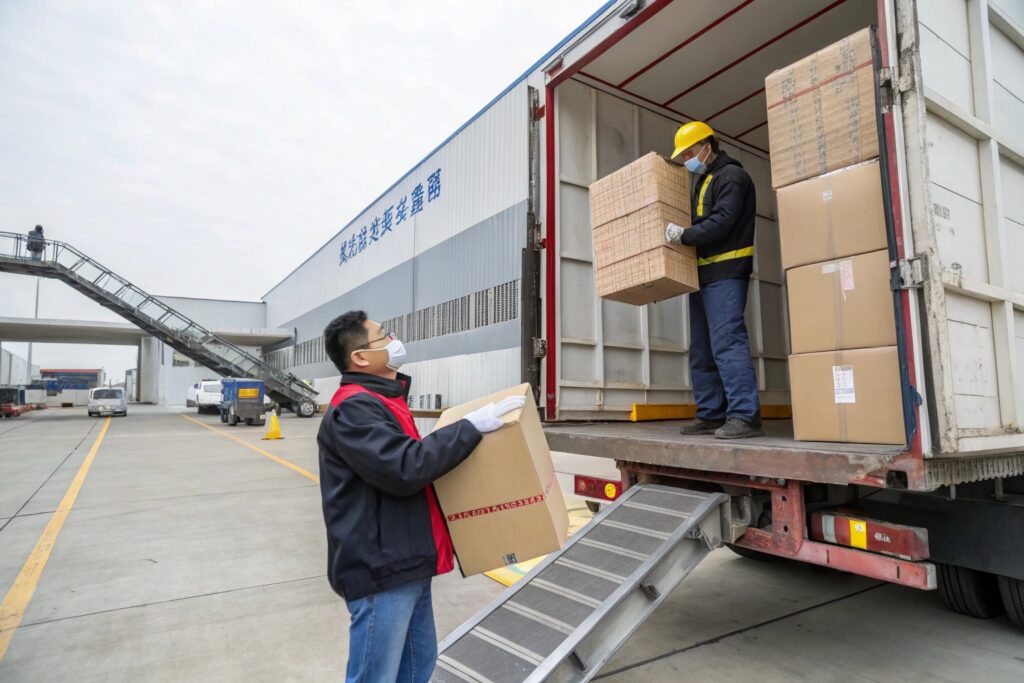
What’s the difference between inland transit and international transit?
Inland transit includes trucking goods from factory to port—usually 1–3 days. For example:
- Zhejiang (to Shanghai port): 1 day
- Guangzhou (to Shenzhen port): 0.5–1 day
- Inland provinces: 2–4 days
International transit starts once goods are loaded on a vessel. Here’s a general breakdown:
| Route | From Shanghai | From Shenzhen |
|---|---|---|
| U.S. West Coast (LA/Long Beach) | 14–18 days | 13–17 days |
| U.S. East Coast (NYC, Savannah) | 30–35 days | 29–34 days |
| Europe (Rotterdam, Hamburg) | 28–32 days | 29–33 days |
| Australia (Sydney, Melbourne) | 14–18 days | 12–16 days |
| Japan / Korea | 3–5 days | 2–4 days |
| Southeast Asia (Singapore, HCMC) | 4–7 days | 3–6 days |
While these are averages, bad weather, port strikes, or seasonal traffic can change everything. We track real-time ETAs via our freight partners and adjust bookings based on capacity.
How do customs clearance and container availability affect total transit time?
Even if port-to-port time is 15 days, total door-to-door time may be 25+ days due to:
- Booking delays during peak season
- Container shortages
- Customs document errors
- Weekend or holiday slowdowns
To avoid these, we pre-book vessels 10–15 days in advance and prepare full documentation for our buyers (packing list, invoice, CO, etc.) to clear goods fast.
How to calculate transit time?
Transit time isn’t one number—it’s a chain of steps from factory to final delivery.
To calculate total transit time, add production lead time, inland shipping, port dwell time, sailing time, and customs clearance at both ends.

What are the main steps in a typical transit timeline for accessories?
Let’s say you're shipping 10,000 headbands from Zhejiang to California:
- Production: 15–20 days
- Factory to Shanghai port: 1 day
- Customs clearance & port wait: 2–4 days
- Sailing time (Shanghai to LA): 16 days
- U.S. port clearance & drayage: 3–5 days
- Final delivery to warehouse: 2 days
Total transit time: 39–48 days
If you ship from Shenzhen, sailing is slightly faster but inland transport is shorter. So the total may drop to 36–45 days. We help clients simulate these scenarios before booking.
How do incoterms like FOB or DDP impact your transit timeline?
Under FOB, your supplier handles delivery to the port and loading on vessel. You manage everything after. Under DDP, your supplier (like us) handles everything—up to your door. This includes customs, duty payment, and inland transport. DDP may look slower on paper, but it’s usually smoother since we coordinate all links in the chain.
What is the transit time for ships?
Port-to-port shipping is just one segment—but often the most unpredictable.
Transit time for ships varies by route, carrier, and weather—but generally ranges from 10 to 40 days for major trade lanes.
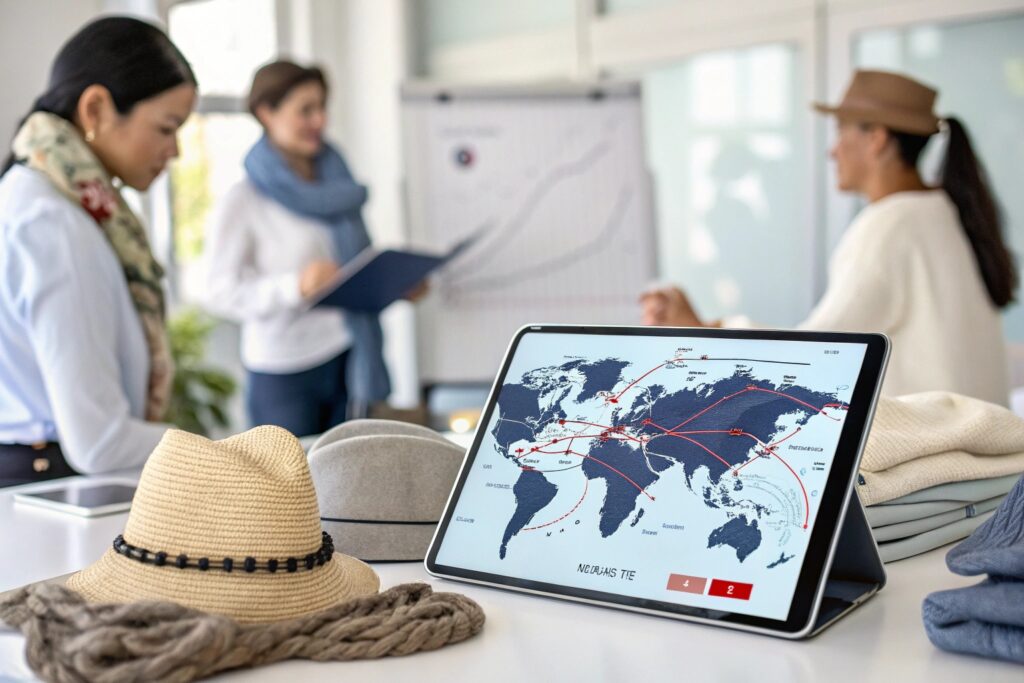
Why does vessel transit vary so much—even on the same route?
Multiple factors influence shipping time:
- Carrier schedule: Direct vs transshipment
- Port congestion: Especially in U.S. and Europe
- Seasonal surges: Q4 holiday rush often adds delays
- Weather: Typhoons in South China or snow in Europe
- Customs inspection at destination
A direct sailing from Shanghai to Los Angeles may take 15 days—but if it transships in Busan or Singapore, it could stretch to 20+ days. That’s why we always confirm with carriers if they’re offering express, standard, or multi-stop service.
How can importers reduce risk and optimize sea freight time?
Here are strategies we recommend:
- Ship early: Book 3 weeks before ready date in peak season
- Use faster carriers: Pay for express sailings if deadlines are tight
- Split shipments: LCL for urgent SKUs, FCL for volume
- Use reliable freight forwarders: They help re-route and re-book when needed
- Track in real-time: Use tools like Flexport, Project44, or your supplier’s freight portal
We provide weekly updates during shipping, including vessel name, estimated arrival, and port handling updates. This helps our buyers adjust their warehouse plans and promotions.
Conclusion
Transit times between Shanghai and Shenzhen differ by just a few days—but they can matter a lot. Smart planning, real-time tracking, and experienced partners make all the difference in keeping your accessory shipments smooth and on schedule.


